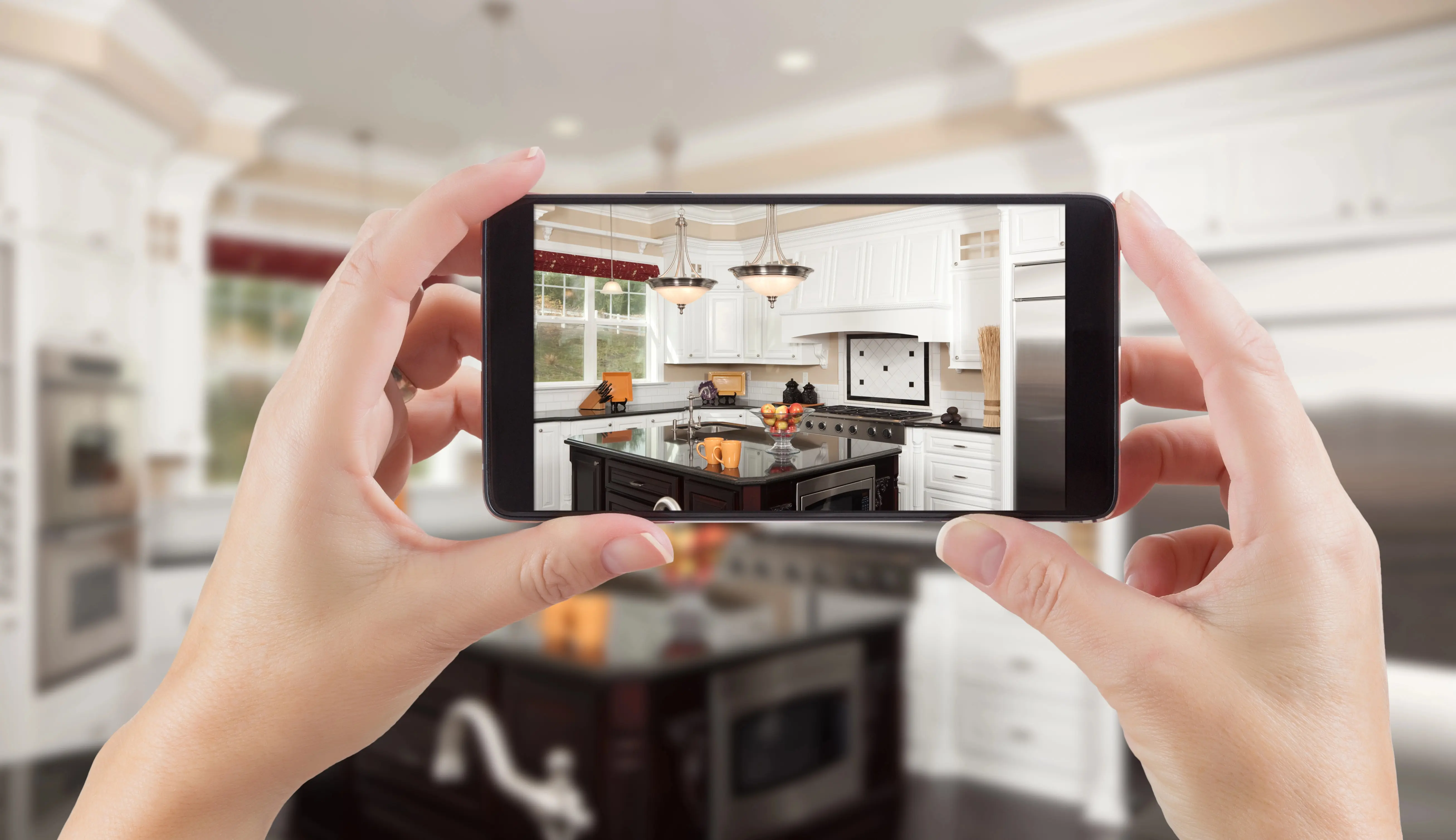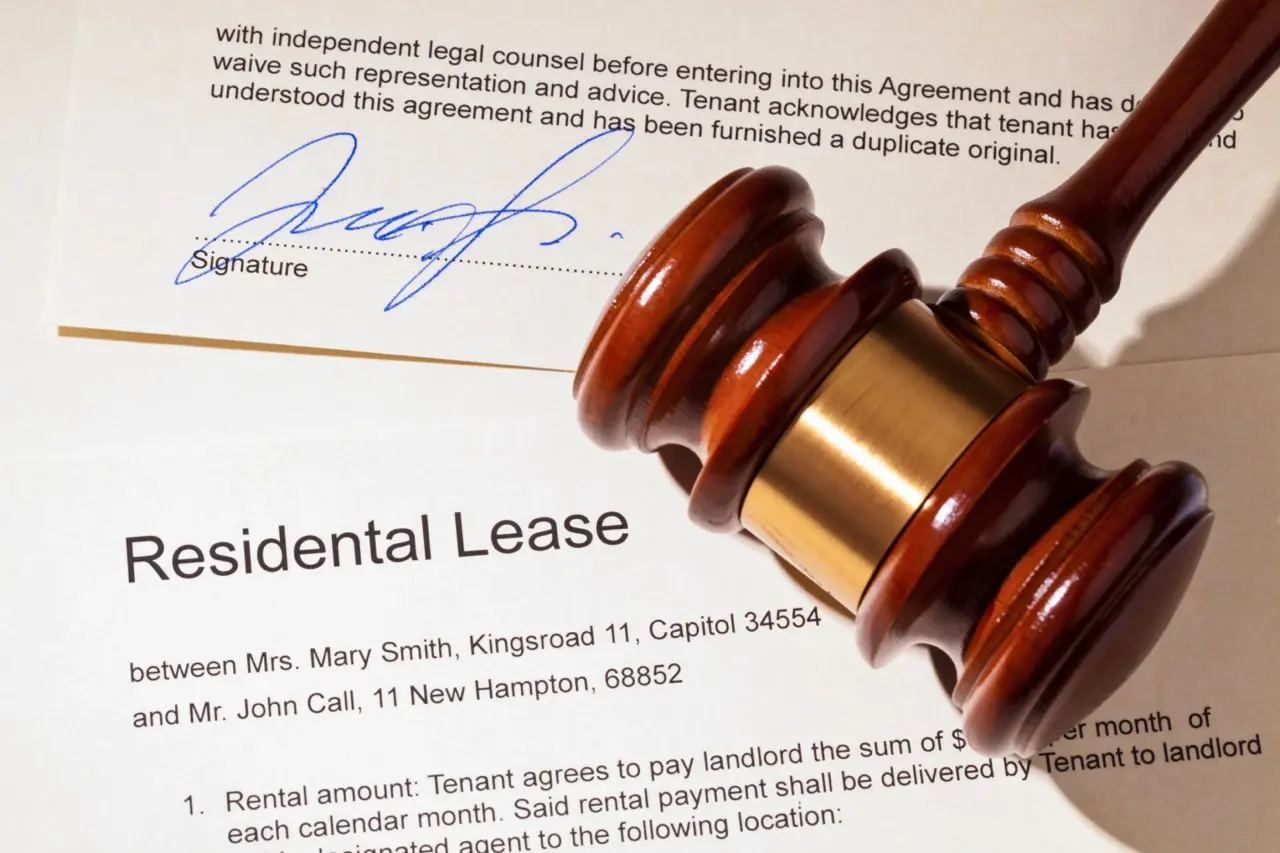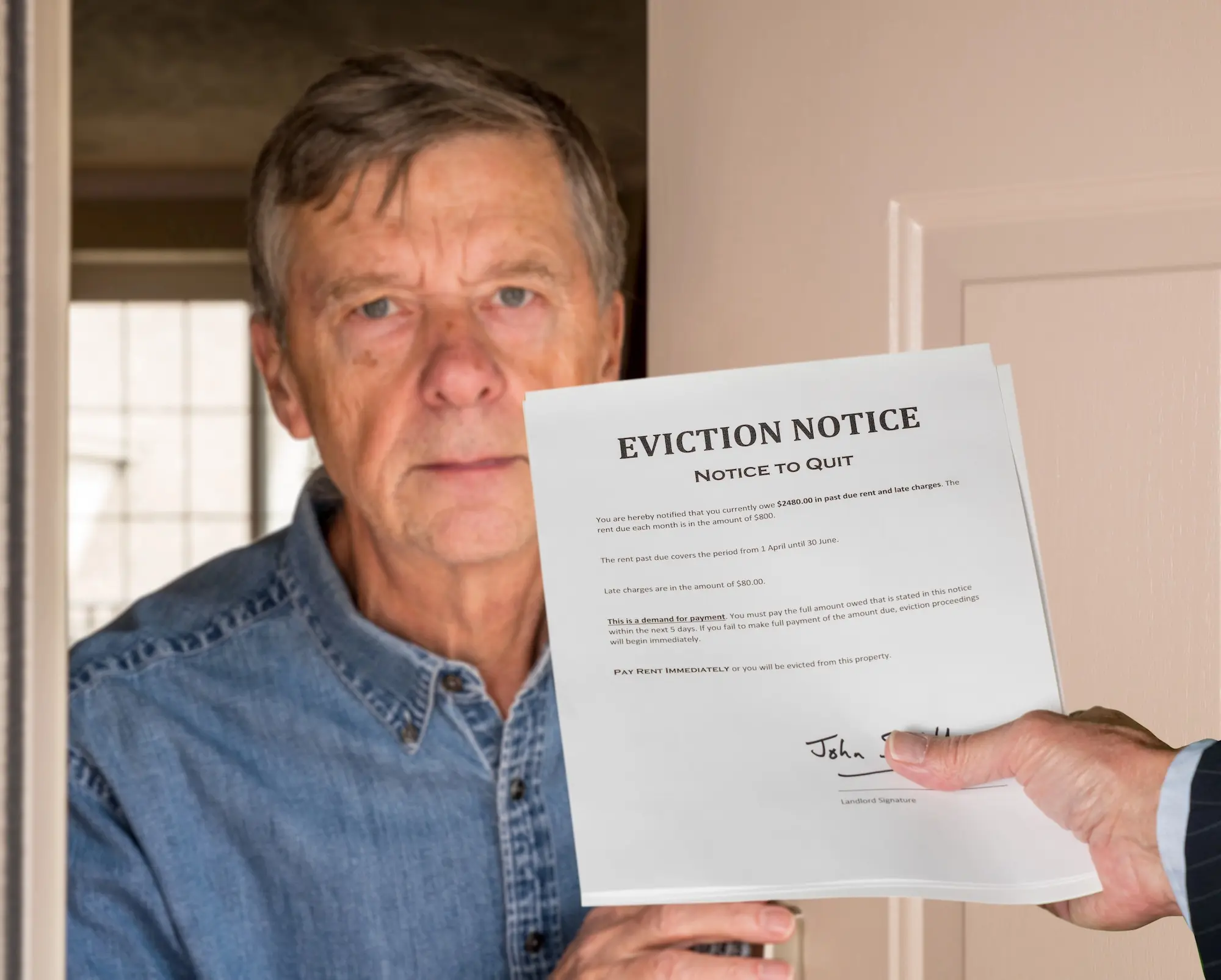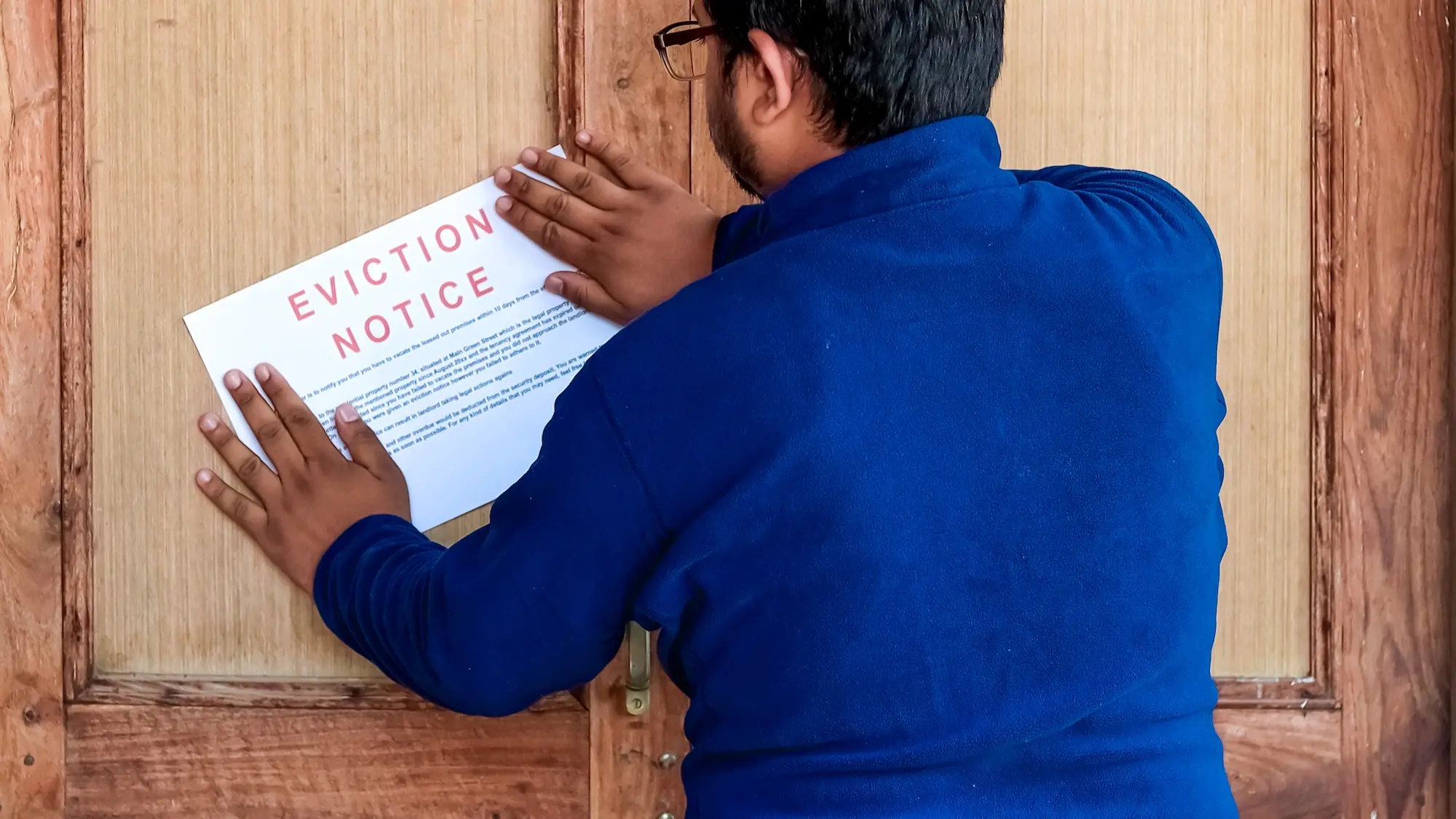Most renters lose part of their security deposit to damage they didn't cause, like scuffed walls or stained carpets. The smart solution? Take photos of everything before you unpack. This provides clear evidence of the unit's condition from Day One, avoiding disputes and surprise deductions.
The process takes 30 minutes, but can easily save you hundreds later. Here's exactly what to document and how to do it right.
Key Takeaways
- Photograph every room while it's empty because furniture can hide the damage that becomes your responsibility.
- Zoom in on scratches and stains to prove they existed before you moved in.
- Open every cabinet and test every switch to catch hidden or expensive issues early.
- Back up photos immediately to the cloud so you have dated proof if a dispute arises.
- Ask your landlord to sign a move-in checklist with your photo evidence.
Photograph Every Room While It's Empty
Don't wait for your boxes to arrive. Empty rooms can reveal damage that furniture might hide for months. As you walk through each room, keep your phone camera ready. Take wide shots from various angles: the corners, center, and doorway. Aim for complete coverage of the walls, floors, and ceilings. Pay special attention to high-traffic areas where previous tenants may have caused wear and tear.
Focus on these damage-prone spots:
- Walls near light switches and door handles
- Corners where furniture was pushed against the walls
- Floors in front of sinks, stoves, and heavy appliances
- Carpet edges and transitions between rooms
Don't assume minor marks don't matter. Take your time in each room. If you notice anything questionable, take multiple photographs from different angles.
It's better to have too many photos than to miss capturing a flaw that could cost you later.
Document Every Existing Flaw Up Close
Wide shots provide an overview of the space, while close-ups help safeguard your wallet. After photographing each room, make sure to zoom in on any imperfections. A small nail hole may seem minor, but landlords often charge between $25 and $50 for "wall repair." Multiplying that by the number of holes throughout an apartment can add up to a significant expense.
Get close-up shots of:
- Scratches on hardwood or laminate floors
- Stains on carpets, no matter how faint
- Chips in countertops or tile
- Scuff marks on walls and baseboards
- Cracks in windows or mirrors
Include something for scale in your close-up photos. A coin next to a scratch clearly shows its size. This prevents disputes about whether damage is "normal wear and tear" or something you caused. Don't skip damage that seems obvious. What's clear to you might be "forgotten" by your landlord when you move out.
Document everything, even if it feels excessive.
Pro tip: Use your phone's timestamp feature or photograph that day's newspaper in each room. Dated evidence is harder to dispute than photos with questionable timing.
Test and Photograph All Appliances
Broken appliances can be expensive to replace, often costing hundreds of dollars. To avoid this, it's essential to document their condition before using them.
Check these appliances systematically:
- Refrigerator: Interior damage, broken seals, ice maker function
- Oven/stove: Burner condition, interior cleanliness, broken knobs
- Dishwasher: Rust spots, broken racks, door seal integrity
- Washer/dryer: Exterior dents, interior drum condition, lint buildup
Test everything that's supposed to work. Turn on burners, run the garbage disposal, and check that the dishwasher door closes properly. If something doesn't work, photograph the problem and note it immediately.
Landlords can charge tenants for appliance damage beyond normal wear. A broken refrigerator shelf could cost you $75, and a damaged oven rack might cost $40. These charges add up fast if you can't prove the damage existed when you moved in.
Capture Hidden Areas and Storage Spaces
Damage often hides in areas you might overlook. It's essential to find it now to avoid costly consequences later. Check every cabinet, closet, and storage space. Previous tenants may have caused water damage under sinks, scratched the insides of cabinets, or left stains in closets that may only become visible over time.
Don't miss these hiding spots:
- Inside all kitchen and bathroom cabinets
- Under sinks (check for water damage or mold)
- Closet floors and walls
- Behind doors, when fully opened
- Inside pantries and storage rooms
Be sure to look up. Water stains on closet ceilings can often indicate roof leaks, which landlords may blame on you if discovered later. Take photographs of any discoloration, even if it appears minor.
Check the electrical outlets and switches in hidden areas. A loose outlet cover in a closet may seem insignificant, but if it causes issues later, you'll want proof it was damaged before you moved in.
Pro tip: Use your phone's flashlight to illuminate dark corners and cabinet interiors. Poor lighting can hide damage that becomes expensive surprises later.
Back Up and Timestamp Your Evidence
Photos on your phone are not considered evidence until they are backed up and timestamped.
After taking your move-in images, upload them to a cloud storage service. Google Photos, Apple iCloud, or Dropbox are reliable choices. The important thing is to create a backup that cannot be accidentally deleted.
Protect your evidence with these steps:
- Enable automatic timestamps on your camera
- Upload photos to cloud storage immediately
- Email yourself a selection of key images (creates email timestamp)
- Consider sharing photos with your landlord via email
Sharing photos with your landlord is not mandatory, but a wise decision. A polite email titled "Documenting Pre-existing Conditions for Our Records" with attached photos helps create a paper trail. Most professional landlords appreciate thorough and organized tenants.
Having timestamped and well-organized documentation significantly increases your chances of resolving disputes.
Combine Photos With Signed Paperwork
Photos are powerful. Photos plus signed paperwork are even better.
If your landlord provides a move-in checklist, fill it out thoroughly. Don't skip items that seem fine, and note "good condition" for everything that works properly. This creates a baseline for comparison when you move out.
Make your checklist comprehensive:
- Note the condition of every major item and surface
- Reference your photo documentation ("see attached photos")
- Get the landlord's signature and date, if possible
- Keep copies of all signed documents
If no official checklist is available, create your own. A straightforward room-by-room inventory with notes on the condition will suffice. The objective is to have written documentation that supports your photos.
Be aware that if a landlord is reluctant to sign detailed move-in documentation, it could indicate how they may handle your move-out process. Professional property managers understand that comprehensive documentation protects both parties involved.
Email them the completed version even if your landlord refuses to sign your checklist. This provides a timestamped record of your effort to document conditions accurately. Courts and mediation services view this favorably in case of disputes.
Conclusion
Taking 30 minutes to document your move-in with photography today can prevent disputes over your security deposit in the future. The difference between tenants who receive their full deposit back and those who don't often comes down to this simple yet crucial step.
Think of move-in documentation as an insurance policy you purchase with time instead of money. Every photo you take can serve as valuable evidence to save you hundreds of dollars.
Your phone has everything you need: a camera, cloud storage, and timestamp features. The only thing missing is dedicating 30 minutes on move-in day.










